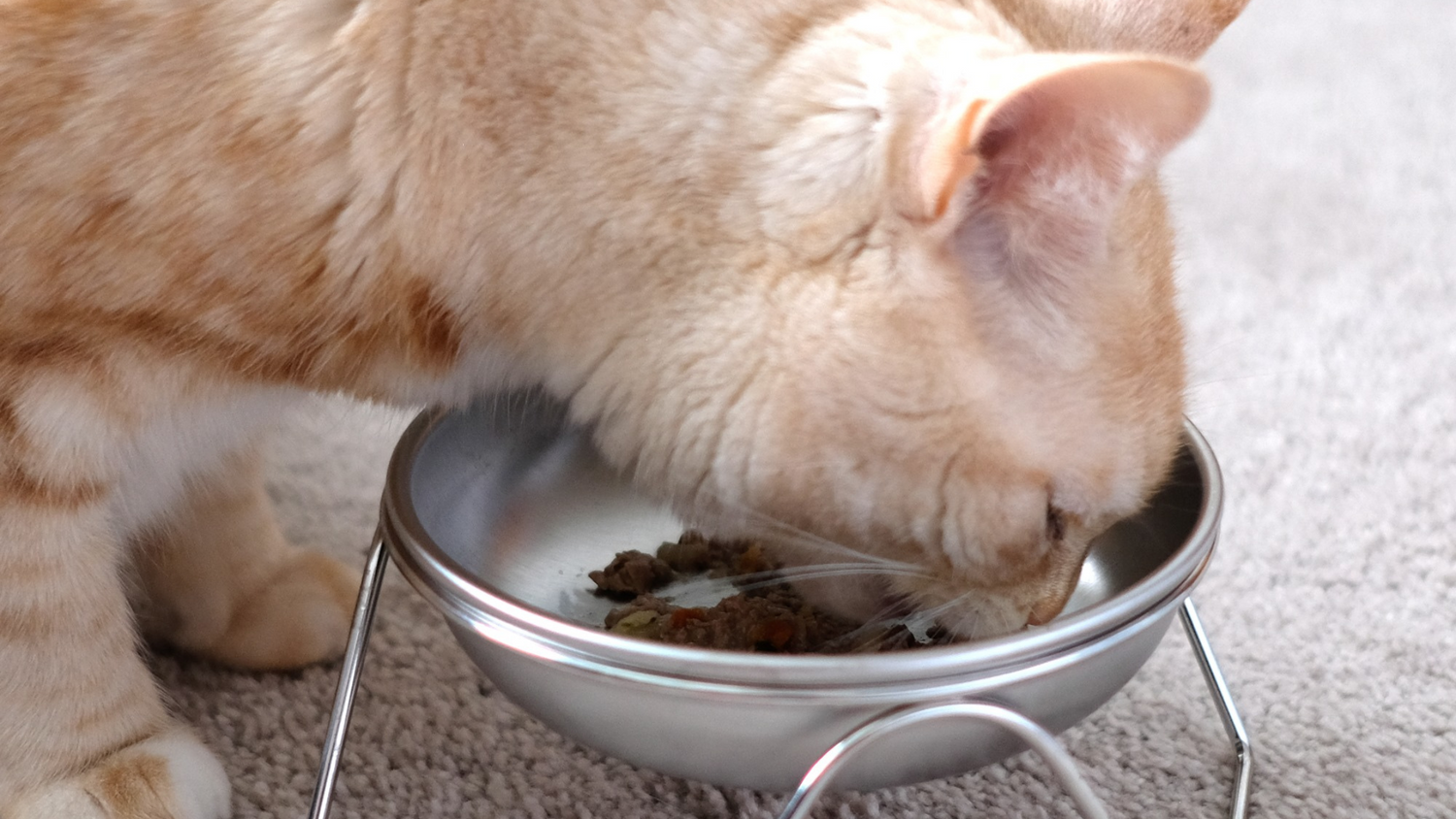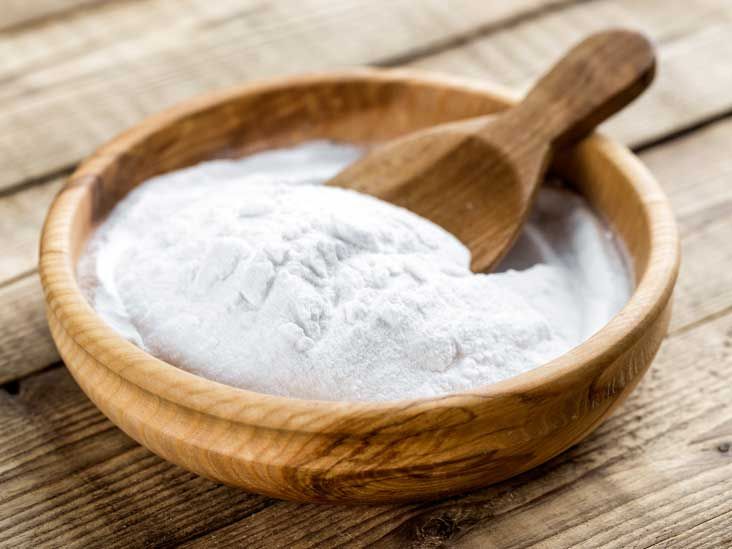For cat owners, one of the perennial debates is whether to feed their feline friends dry or wet cat food. Both options have their pros and cons, and the decision ultimately depends on the individual cat’s needs and preferences. In this article, we will explore the advantages and disadvantages of both dry and wet cat food to help you make an informed decision for your furry companion.
Table of Contents
Dry Cat Food
Dry cat food, also known as kibble, is a popular choice for many cat owners due to its convenience and affordability. It has a longer shelf life and can be left out for free-feeding, making it a convenient option for busy pet owners. Dry cat food also helps to keep cats’ teeth clean by reducing plaque and tartar buildup due to the crunching action required to eat it.
However, one of the main drawbacks of dry cat food is its low moisture content. Cats are naturally prone to urinary tract issues, and a diet consisting solely of dry food may not provide enough hydration, potentially leading to kidney problems. Additionally, some dry cat foods may contain a high amount of carbohydrates, which can contribute to obesity and diabetes in cats.
Wet Cat Food
Wet cat food, often referred to as canned food, has a much higher moisture content compared to dry cat food. This makes it an excellent choice for cats who do not drink enough water or have a history of urinary tract issues. The higher protein content in wet cat food also makes it a suitable option for cats with specific dietary requirements, such as those with food allergies or sensitivities.
On the downside, wet cat food can be more expensive and has a shorter shelf life once opened. It also requires refrigeration to prevent spoilage, which may not be feasible for all cat owners. Additionally, the soft texture of wet cat food does not provide the same dental benefits as crunchy kibble, which could lead to dental issues in some cats.
Conclusion
Ultimately, the decision to feed your cat dry or wet food depends on various factors, including your cat’s age, health, and dietary needs. It is important to consult with your veterinarian to determine the best option for your cat. In some cases, a combination of both dry and wet cat food may be the most suitable choice to provide a balanced diet and address any specific health concerns. Regardless of your choice, it is essential to select high-quality cat food that meets the nutritional requirements for your cat’s life stage and health condition.
FAQs
Q: Can I mix dry and wet cat food together?
A: Yes, mixing dry and wet cat food can provide a balanced diet for your cat, offering the benefits of both options. Be mindful of portion sizes and adjust accordingly to prevent overfeeding.
Q: How much water should my cat consume if I feed them dry cat food?
A: Cats fed solely on dry cat food should consume an adequate amount of water to stay hydrated. Providing a fresh source of water and encouraging your cat to drink regularly is essential.
Q: What should I look for in a high-quality cat food?
A: When selecting cat food, look for a complete and balanced formula that meets the nutritional requirements set by the Association of American Feed Control Officials (AAFCO). Consider factors such as protein content, moisture levels, and the absence of artificial additives and fillers.
Q: Should I consult my veterinarian before changing my cat’s diet?
A: Yes, it is always advisable to consult with your veterinarian before making any significant changes to your cat’s diet. They can provide personalized recommendations based on your cat’s specific needs and health status.
In conclusion, the debate between dry and wet cat food will continue to be a topic of discussion among cat owners. Both options have their advantages and drawbacks, and the best choice for your cat depends on their individual needs and your lifestyle. By considering the factors mentioned in this article and consulting with your veterinarian, you can make an informed decision that promotes the health and well-being of your furry companion.
dry vs wet cat food pros and cons
The debate between dry and wet cat food has been ongoing for years, with passionate arguments on both sides. Proponents of dry cat food argue that it is more convenient, easier to store, and better for dental health. On the other hand, advocates of wet cat food argue that it provides more moisture, is closer to a cat’s natural diet, and can help prevent urinary tract issues. The debate rages on, with no clear winner in sight.
Those in favor of dry cat food often cite its convenience as a major advantage. Dry cat food can be left out for free-feeding, making it easier for cat owners who may not always be home to feed their pets at specific times. In addition, dry cat food has a longer shelf life and is easier to store, making it a popular choice for many cat owners.
However, those who advocate for wet cat food argue that it provides important hydration for cats. Cats are notorious for not drinking enough water, and wet cat food can help ensure they stay properly hydrated. Additionally, wet cat food is often closer to a cat’s natural diet, which includes a high moisture content from prey animals. Some believe that a diet higher in moisture can help prevent urinary tract issues in cats.
Another common argument in favor of dry cat food is its positive impact on dental health. Many dry cat foods are designed to help clean teeth and reduce plaque and tartar buildup. Some studies have shown that dry food can help prevent dental issues in cats, although this is still a topic of debate among veterinary professionals.
Proponents of wet cat food argue that it can be easier for cats to digest, particularly for those with certain health issues such as kidney disease. Wet cat food typically has a higher protein content and fewer carbohydrates, which can be beneficial for some cats. Additionally, the higher moisture content in wet cat food can be easier on a cat’s digestive system.
In the end, the debate over dry vs wet cat food often comes down to individual cat preferences and health needs. While some cats may thrive on a diet of dry food, others may do better with wet food. Ultimately, it is important for cat owners to work with their veterinarian to determine the best diet for their individual pet. Both dry and wet cat food can be nutritionally balanced and provide the necessary nutrients for a healthy cat, so the important thing is to find a food that works best for each cat’s individual needs. dry vs wet cat food pros and cons








